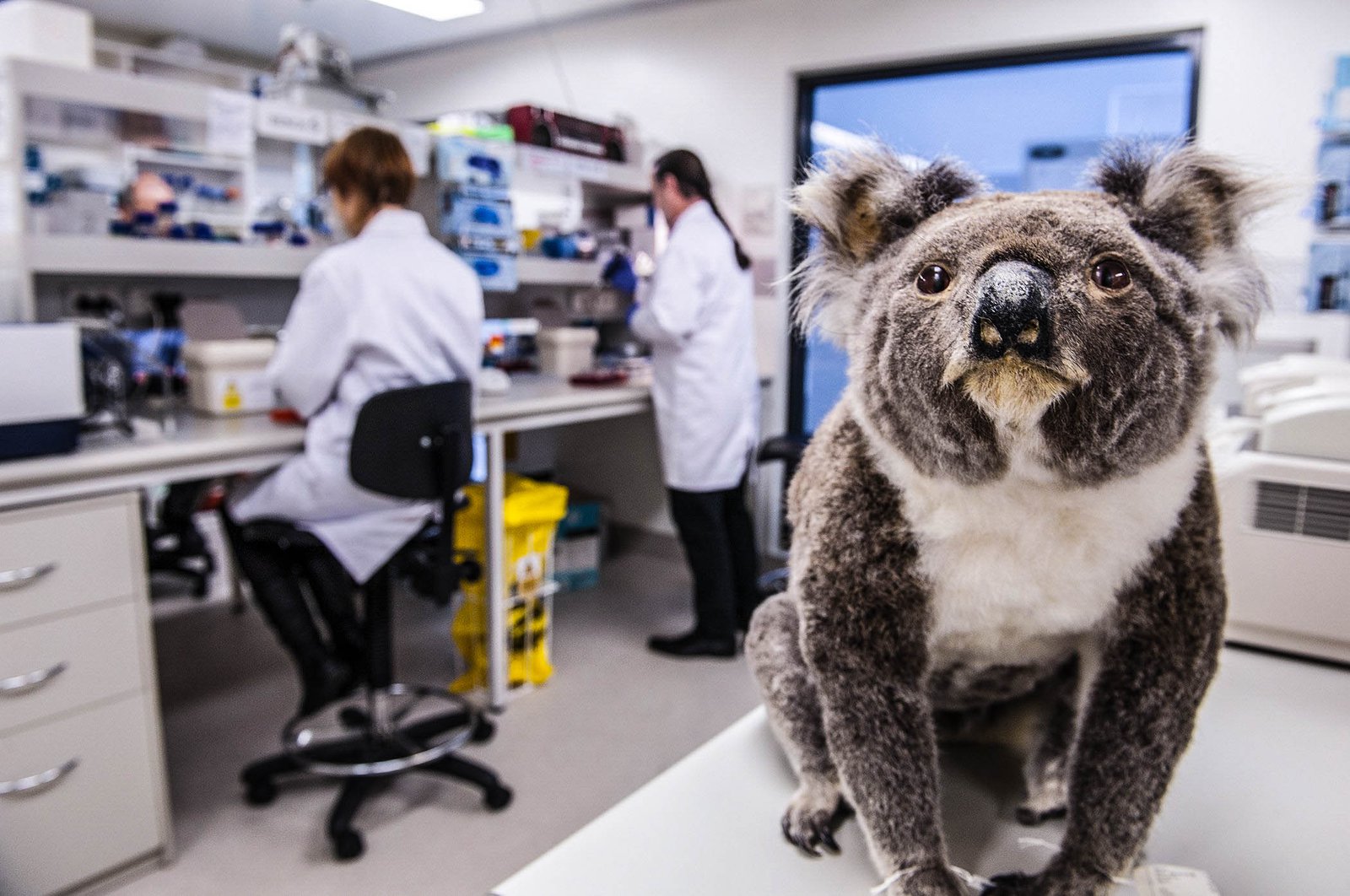Koala genes decoded!
A gene is a segment of DNA that holds the instructions to make proteins, the building blocks of life. Previously, less than 100 koala genes had been identified by scientists. This new publication reports on the identification of approximately 15,000 koala genes (i.e. the koala ‘transcriptome’), representing all the genes that were ‘switched-on’ in the koalas sampled.This is only the 3rd transcriptome to be obtained from a marsupial.
These novel data provide an unparalleled insight into what makes a koala tick, and create unique opportunities to explore the many unique biological attributes of this iconic Australian species, including their ability to live entirely on a highly specialised diet of eucalypt leaves which are indigestible to most other species.
More broadly, the koala transcriptome provides a rich new resource for scientific research and we have already had enquiries from scientists studying gene evolution and even human disease origin, who plan to utilize these new data.

© Australian Museum
The koala transcriptome will also significantly improve the conservation of koalas by transforming our understanding of koala immune genes and the koalas’ response to the diseases that currently threaten many populations. The transcriptome is also being used to develop a koala population genetic assay which will enable the genetic diversity of individual koalas and koala populations to be examined in unprecedented detail. This will provide the tools needed for an in depth study of koala mating system, the impact of habitat fragmentation and the dynamics of koala populations. This will significantly improve our ability to manage wild and captive koala populations.
The publication of the koala transcriptome is a significant first step in our characterization and assembly of the koala genome.

© Australian Museum
How it was done:
Genetic material from two koalas that were euthanized at the Port Macquarie Koala Hospital in northern NSW and the Australia Zoo Wildlife Hospital in southeast Queensland were used in this collaborative study by our researchers from the Australian Museum, Queensland University of Technology and University of New South Wales. These two animals allowed us to identify which genes are specifically expressed (i.e. ‘switched on’) in a range of different koala tissues including spleen, liver, uterus, kidney, lung, heart, brain, adrenal gland, bone marrow, lymph node, salivary gland, and testes. This will provide further information on how different genes function and influence koala reproduction, development, physiology and behaviour.
Dr Rebecca Johnson
Head, Australian Centre for Wildlife Genomics
Dr Mark Eldridge
Senior Research Scientist
More information:
Hobbs, M., Pavosovic, A., King, A.G., Prentis, P.J., Eldridge, M.D.B., Chen, Z., Colgan, D.J., Polkinghorne, A. Wilkins, M., Flanagan, C., Gillet, A., Hanger, J., Johnson, R.N. and Timms, P. 2014. A transcriptome resource for the koala (Phascolarctos cinereus) and its use in the investigation of koala retrovirus transcription and sequence diversity. BMC Genomics 2014, 15:786 doi:10.1186/1471-2164-15-786







